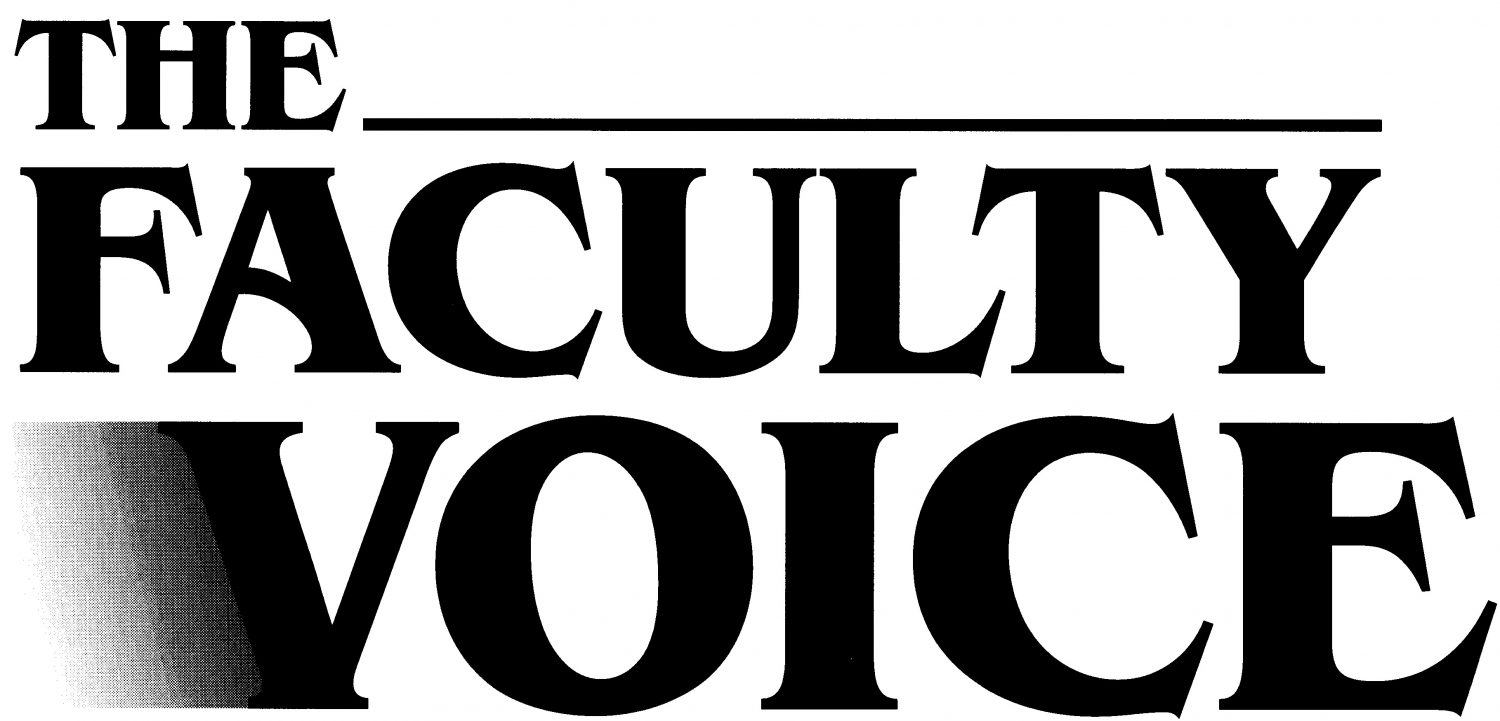Changing the Academy, Changing Society
By Nelly P. Stromquist, College of Education, UMCP
Institutions reflect their surrounding social environment and, at the same time, create their own. Periodically, both need drastic change for human conditions to approach that optimum point on their ever-evolving continua. One element of our academic environment that now cries out for such a change—one that affects more than most imagine—is the underrepresentation of women as faculty members, especially in scientific and technological (STEM) fields. This condition persists despite the growth in the number of women gaining Ph.D. degrees in all fields. Is this purely the consequence of women’s own individual choices? Does gender socialization pressure women into avoiding certain careers? Do institutions of higher education exacerbate the problem through diverse forms of discriminatory practices?
Read more below
I Knew You Before I Met You. How Social Media Has Changed the Way We Communicate
By Jennifer Brannock Cox, Communication Arts, Salisbury
Love it or hate it, social media has become the next “big thing,” revolutionizing how humans communicate in new, exciting, and sometimes dangerous ways. Social media has given us the power to break geographic boundaries, establish worldwide conversations, and transform virtual revolutions into real, physical change. That’s the good news.
Read more below
Medical Education
By E. Albert Reese, Dean Medicine, UMB
In December last year, The Chronicle of Higher Education published a commentary written by Richard B. Gunderman, M.D., Ph.D., Professor of Radiology, Pediatrics, Medical Education, Philosophy, Liberal Arts, and Philanthropy at Indiana University, about the shortcomings of current medical education. In his article, Gunderman argues that, due to cost-cutting and a reliance on new technologies to teach students, medical school faculty members have been reduced to “content deliverers,” not teachers or role models, who only focus on the “competency” of students, rather than training excellent future physicians, through a “mass production” of graduates, and not highly-skilled trainees. He cites a recent Annals of Surgery study, which surveyed surgery fellowship program directors who felt that 56% of their fellows could not suture, 21% were unprepared for the operating room, and the majority of fellows could not design or conduct academic research projects. Gunderman points to this study as evidence for an “ailing” medical education system that no longer holds excellence and patient care in the highest of regards. He posits that re-establishing a diverse culture of superior quality in medical education, which holds human relationships at its core, can “cure” the system.
Read more below
Journalism Today
By DeWayne Wickham, Journalism & Communication, Morgan State U
In truth, the current crisis in journalism has more to do with how we do our work than how we deliver the news. Still, too many people see the troubled state of print and television news and ask the question: “Is journalism dying.” My answer is that it is alive and doing exceedingly well. People who think otherwise confuse news delivery systems with the news those platforms deliver.
Read more below
Morgan State University’s Center for the Built Environment & Infrastructure Studies
B y James E. Whitney II, Engineering, Morgan State U
The Morgan State University Center for the Built Environment (CBEIS) building is one of the newest buildings constructed on the Morgan State University (MSU) campus. Ground-breaking for building construction was on April 2, 2010. The building opened on September 20, 2012 with an official opening ceremony including Maryland State Governor Martin O’Malley, past and current MSU Presidents Earl S. Richardson and David Wilson, respectively, Dean of the Engineering School, Dr. Eugene Deloatch, and Dean of the School of Architecture and Planning, Dr. Mary Anne Akers and several other dignitaries. The CBEIS building houses the School of Architecture and Planning, Urban Infrastructures Studies, Transportation Studies, National Transportation Center, and Civil Engineering programs.
Read more below.
The Plight of America’s Bird
By Teena Ruark Gorrow*
The bald eagle is America’s national bird and symbol. Found only in North America, it is often called the American eagle and is known by its scientific name, Haliaeetus leucocephalus. Bald eagles have a way of evoking emotion deep within those of us who know and appreciate their remarkable success story. There is a delicate balance for survival in our changing environment, and this resilient creature’s struggle is undeniably noteworthy.
Read more below
The Art of Nora Sturges
Nora Sturges has exhibited her work widely in solo shows at the Second Street Gallery in Charlottesville, Virginia, Spaces in Cleveland, School 33 in Baltimore, the 1708 Gallery in Richmond, the Lancaster (PA) Museum of Art, the Bachelier-Cardonsky Gallery in Connecticut, Miami University of Ohio, and Ventura College, among others.
Read more and see her art below
Dining in Salisbury
By Vonceila S. Brown, Nursing, Salisbury
Read more below
Barriers to Implementation of Interprofessional Education
Poem by Richard Dalby
Read more below
Nineteen Years Later
Poem by Robert Deluty
Read more below
Academic Notes
Read more below


